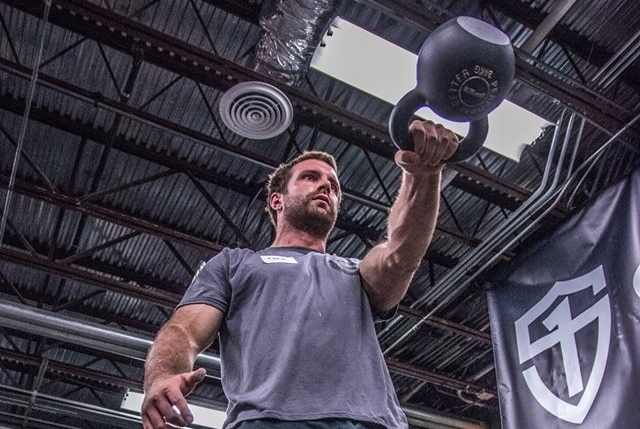This month’s installment of Mountain Fitness will be relatively brief, and for good reason. We’ve spent the past 12 months explaining why in our opinion a conventional approach to training simply does not prepare you for the demands of a backcountry hunt. We do not need to belabor this point any further.
If this is your first time reading one of our Mountain Fitness articles, we strongly encourage you to go back and read the last year’s worth of content. Each article leads sequentially into the next and the recommendations below will make more sense with this background knowledge.
As the title of this article suggests, you must ask yourself whether you’re actually training for your hunts or just exercising and hoping that will suffice? Machine based lifts, body building style programs, semi-supported exercises like biking, or running the roads in your neighborhood or worse on a treadmill are insufficient. These are all viable ways to get in some exercise and can play a role in getting you started if you’ve been less active in recent years, but they cannot and should not form the core of your program.
If you are going to truly train to hunt, the lifts, cardiovascular exercise and training methods must apply to the demands you’ll face over the course of the season.
So what exactly do you need in terms of strength and fitness in order to handle a multi-day mountain hunt? A strong back, torso, hips, core, legs and feet are essential. Your cardiovascular fitness has to be able to sustain hour after grueling hour covering ground and elevation, day in and day out. Beyond this, the rest is pure gravy. As discussed in last month’s article, time spent building muscle or your cardio in a way that doesn’t apply to the needs of your hunt will cost you in the field.
To make this is as simple as possible we’ve compiled a list of the 10 principles, lifts, exercises and cardiovascular benchmarks we feel should form the core of your training program. The sets, reps, volume and intensity you personally apply depend on your experience, fitness and the time of year. The peak of the season is not the time to start a new, high-volume or heavy lifting training program but this is a great time of year to “audit” your fitness.
When you’re out hunting, pay attention to the specific demands you struggle with. These are the very aspects of your strength and conditioning you need to focus on and should be front and center when you sit down to build a training program for next year. Wherever you’re lacking we can assure you, one of the recommendations below will address your needs.
MTNSTRONG CORE GUIDELINES
- Hike or trail run with a pack year round – build your fitness to the point where you can handle 90 – 120 minutes with no less than 20 lbs on your back once per week with relative ease. Find the gnarliest trails you can.
- True neuromuscular strength (low reps, heavy weight) should play a primary role in your training program throughout the year. Read everything possible on the Strong First website to familiarize yourself with this concept.
- Incorporate the deadlift in all its forms – barbell, single leg (DB or KB), trap bar, etc.
- Farmer or weighted carries should be in your program at least once per week. Go as heavy as you possible can.
- Learn to love the Kettlebell (KB) if you do not already. There is nothing as effective at building mountain worthy strength and fitness, period.
- The (Turkish) Get-Up – learn it if you don’t know how to do it and incorporate them liberally.
- The (KB) Swing – learn it you don’t know how to do it and incorporate them liberally.
- Spend less time working on concentric exercises like stepping up onto boxes or doing stairs and more time on eccentric exercises like stepping down off a box or bench. The descent is what kills the quads and knees, not the ascent.
- Use double leg exercises sparingly, especially if they’re static (like the squat). Instead of double leg do single leg squats, walking lunges, heavy farmer carries, pistols, etc. If doing double leg exercises make them dynamic – jumping, moving laterally, etc.
- When possible, stress rotational strength. Basically anything single-limb (upper or lower body) will do so. Things strict KB military presses, one-handed farmer carries or walking lunges while carrying a sandbag and rotating your upper body side to side as you lunge are excellent at developing rotational stability. The kind of fitness that shines when sidehilling.


